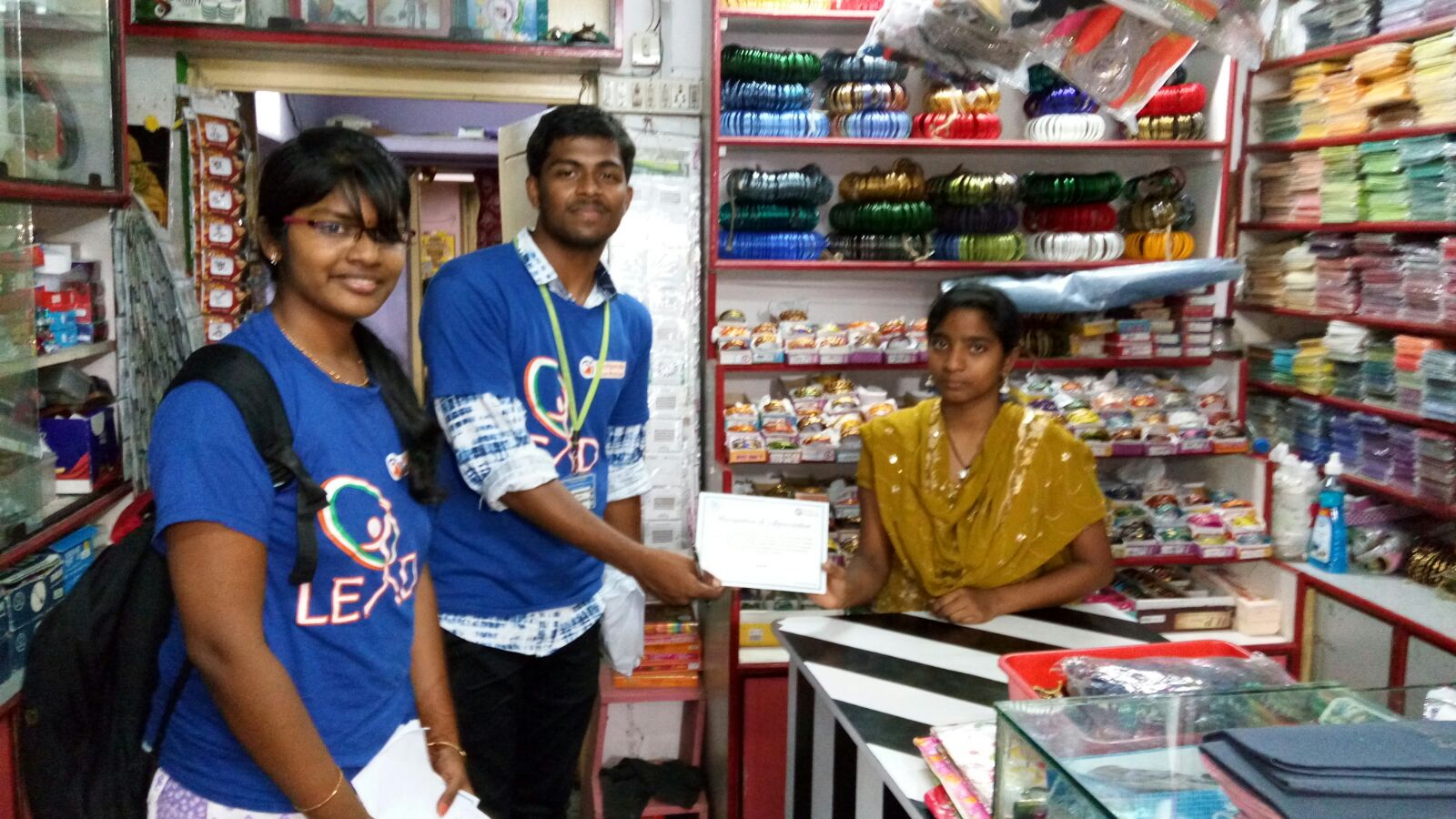Understanding Beggars with LEADer Piyush K
Posted on Tuesday, March 22, 2016 by LEAD
Living in Varanasi, LEADer Piyush from Banaras Hindu University noticed many beggars, both old and young, on the streets, especially in the area of Assi Ghat that he regularly visited. He wondered why it was that these people were begging on the streets… did they have no choice? Why were there people who seems capable of working still begging? What is the future of these beggar children?
For these reasons, Piyush decided to conduct a survey of the beggars to better understand their circumstances so that the problem could be addressed properly in the future. Along with one teammate, he visited six areas where beggars were common and spent time speaking the beggars of all ages. He asked them questions about their family history, how much they make begging, how they feel about being a beggar, what caused them to become a beggar, and whether they had any mental or physical barriers (versus societal barriers) to employment.
It comes as no surprise that this project faced many challenges. Piyush often found it difficult to interact with the beggars; either it was difficult to gain their trust or else they expected something in return for their time answering questions. Several beggars were not just challenging, but rude and abusive. However, Piyush hopes to one day enter into the IS and work in policy, so he knew how important it was to learn to interact with this marginalized group and knew his research would be beneficial.
 Piyush found that there were two primary types of beggars: those begging out of necessity, and professional beggars. Those begging out of necessity were generally individuals who had been forced to leave their native villages and small towns because of industrialization, and when they arrived in Varanasi, were unable to find daily wage employment. Piyush realized that many of the beggar children were in fact the children of these migrant families, as the parents no longer had an income after arriving in the city. On the other hand, some of the elderly beggars were professional beggars, whose families had always begged and therefore they begged as an income source, not because they were unable to work in another industry. Piyush found that some of these elderly beggars in certain spots could beg approximately 400-500 rupees per day, and therefore had no interest in other employment.
Piyush found that there were two primary types of beggars: those begging out of necessity, and professional beggars. Those begging out of necessity were generally individuals who had been forced to leave their native villages and small towns because of industrialization, and when they arrived in Varanasi, were unable to find daily wage employment. Piyush realized that many of the beggar children were in fact the children of these migrant families, as the parents no longer had an income after arriving in the city. On the other hand, some of the elderly beggars were professional beggars, whose families had always begged and therefore they begged as an income source, not because they were unable to work in another industry. Piyush found that some of these elderly beggars in certain spots could beg approximately 400-500 rupees per day, and therefore had no interest in other employment.
Because of his research, Piyush has realized how important it is to address the issues of village people being forced to leave their homes to find work in the cities. If they are unable to find work, they have to resort to begging, which makes them extremely vulnerable to human trafficking because they are visible vulnerable, sitting in the streets, but also do not have many contacts in the city who could help them or know if they were safe. He hopes to apply this understanding when he eventually works in policy making for the IS.
Subscribe to:
Post Comments (Atom)








1 Response to "Understanding Beggars with LEADer Piyush K"
-

Jimmy Asija Says....Jimmy Asija provided them with free tricycles and crunches so that they can help them walk. He managed to serve multiple beggars and handicapped individuals around the area, and everyone felt really happy seeing his gesture.
Post a Comment